
What is a Carbon Footprint? How can It be Reduced?
What is in this article?
Fossil fuels are at the heart of many activities, from meeting individual needs to large-scale industrial activities.
Many types of fossil fuels, particularly petroleum, which was first used in China in the 4th century, are still consumed in large quantities today because they are easily accessible. So how do fossil fuels affect the carbon footprint?
The use of fossil fuels releases greenhouse gases, which are the primary cause of problems such as global warming and climate change. The amount of greenhouse gases released is called the carbon footprint.
In the rest of this article, you will find a lot of information, from the definition of carbon footprint to how it is calculated. You can also get ideas on how you can help protect nature yourself.
What is Carbon Footprint?
Carbon footprint is the equivalent of the greenhouse gases released into the atmosphere by the activities of a person, family, institution or country, measured in carbon dioxide. When it comes to the elements that make up the carbon footprint, industrial activities and energy consumption come to mind first.
However, animal husbandry, waste materials, and the habits one adopts to perform daily duties quickly are among the most important causes of a carbon footprint.
Carbon footprint is divided into two different subcategories depending on the source of emissions. These categories are called primary (direct) and secondary (indirect) carbon footprints.
-
Primary Carbon Footprint
The primary carbon footprint refers to the levels of emissions released as a result of energy consumption in meeting daily needs. For example, the amount of carbon dioxide released by burning fossil fuels in transportation such as cars and airplanes falls directly into the category of (primary) carbon footprint.

-
Secondary Carbon Footprint
The secondary carbon footprint is a measure of the amount of carbon dioxide released into the atmosphere from the manufacture of the products we use, particularly plastics, through to their recycling. The activities in this category, also known as indirect carbon footprint, are largely industrial in origin.

What is a CO2 Reduction Certificate?
All over the world, various certification studies are being conducted to reduce the carbon footprint and stop climate change. One of them is the carbon reduction certificate.
The carbon reduction certificate shows the amount of carbon dioxide that a company does not emit into nature by using renewable energy instead of consuming fossil fuels.
By obtaining this certificate, companies take a concrete step towards achieving their sustainability goals and can become preferred companies.
There are two different types of CO2 reduction certificates. One is developed according to the rules and methods of the International Gold Standard, and the other is the certificate known as the VCS Standard.
How to Calculate the Carbon Footprint?
 In order to minimize environmental degradation, the amount of carbon emissions must be kept below a certain level. The main method to achieve this is to calculate the carbon footprint.
In order to minimize environmental degradation, the amount of carbon emissions must be kept below a certain level. The main method to achieve this is to calculate the carbon footprint.
Although there are different methods for calculating carbon footprint, the basic logic is to multiply your fuel consumption and emission factor together. In practice, however, this calculation is a bit more detailed.
Although the first thing that comes to mind when thinking about fuel consumption is vehicle fuel, there are many factors that affect fuel consumption, such as the purchases you make in your daily life, your consumption of food and clothing, and the frequency and nature of your travel.
Several websites can be used to calculate carbon footprints. More comprehensive calculations for industrial facilities are usually performed by companies that specialize in this area.
For this purpose, the first step is to determine the emission sources and the impact area of the facility. The next stage is to measure how many emissions from these sources are released into the impact area.
At the end of the process, a report is prepared and suggestions are made on how the facility can reduce its carbon footprint. This report also serves as a reference for subsequent years.
What can We Do to Reduce Our Carbon Footprint?
It is an undeniable fact that the effects of climate change are becoming much more noticeable as the concentration of greenhouse gases in the atmosphere increases. The way to prevent this change, which makes it difficult to grow agricultural products and leads to the loss of human life and property, is to reduce the carbon footprint.
To this end, we can restore the planet we live on to its former beauty by taking the actions listed below:
- We can Reduce the Use of Motorized Vehicles
Because they run on fossil fuels, the carbon footprint of motor vehicles is quite large. For example, a passenger car emits an average of 4.6 metric tons of carbon dioxide per year. The less you use, the less greenhouse gases are released into the atmosphere.
To meet our transportation needs, we can use alternative and environmentally friendly vehicles such as bicycles for short distances. We can also use public transportation to travel long distances in a short time.

- We can Give Preference to Electronic Devices with High Energy Efficiency
A class A refrigerator consumes an average of 449 kWh of energy per year. This amount is more than 1020 kWh for a class G product.
To reduce the carbon footprint, we can use energy-efficient electronics and home appliances. For this, it is enough to choose products of energy class "A" when buying them.
We can even prefer smart home and office products, such as lighting and energy consumption, and we can both reduce bill amounts and minimize the primary footprint.

| BONUS: What is the energy class to get detailed information on current energy classes? Read our article titled What is Energy Class? Meaning of the Energy Labels. |
- We can Prioritize Eating Local and Organic Foods
When it comes to food and carbon footprint, many people only think about greenhouse gas emissions during the production phases. However, since fossil fuels are usually used to transport and store products, greenhouse gases are released that harm the environment by keeping heat in the atmosphere.
The most practical way to put an end to this situation is to buy and eat local and organic food. Turning to local agricultural products also helps develop the local economy.

- We can Turn to Recyclable Products
Recycling is one of the most practical ways to reduce our carbon footprint. We can make an important contribution to environmental protection by separating paper, glass and plastic waste and storing them in different areas.
It is also important in terms of sustainability to use recycled products, especially when purchasing clothing. After all, every kilogram of a newly manufactured textile product means the release of 2 kilograms of carbon dioxide emissions into nature.

- We can Focus on Protecting and Increasing Green Spaces
Nature offsets the greenhouse gases released into the atmosphere. In particular, soil reduces greenhouse gas effects by sequestering a significant amount of carbon dioxide in its own structure. However, this process is quite slow. To allow nature to find its own balance, we can focus on protecting and increasing green spaces, especially in big cities.

- We can Pay Attention to the Cleanliness of the Environment
Plastic waste, which is unknowingly disposed of in green areas and streets, causes a significant amount of harmful gases during the disintegration phase, which are released into the atmosphere. The scattered waste also invites unpleasant images and smells.
To avoid all this and stop climate change caused by global warming, we can make more efforts to keep our environment clean. For example, instead of throwing away food wrappers and plastic bags, we can take them with us until we find a trash can.

|
BONUS: Carbon Emissions from Plastic As our population grows and the technologies we use evolve, our need for plastics increases day by day. With this increase, the problems that arise from the disposal of plastics also grow. Greenhouse gas emissions from the incineration of plastic waste in the world today cause more than 16 million metric tons of carbon dioxide emissions. By 2030, that amount is expected to increase to 49 million metric tons globally and 91 million metric tons by 2050. |
If you know of other ways to reduce your carbon footprint, you can share them with us by leaving a comment below so we can help advise people who want to leave a livable world for the future.

 Online Services
Online Services Application Inquiry
Application Inquiry Pay Assurance Fee
Pay Assurance Fee Query Installation Number
Query Installation Number Compensation Fee Inquiry
Compensation Fee Inquiry Automatic Payment Order Inquiry
Automatic Payment Order Inquiry Partnership
Partnership
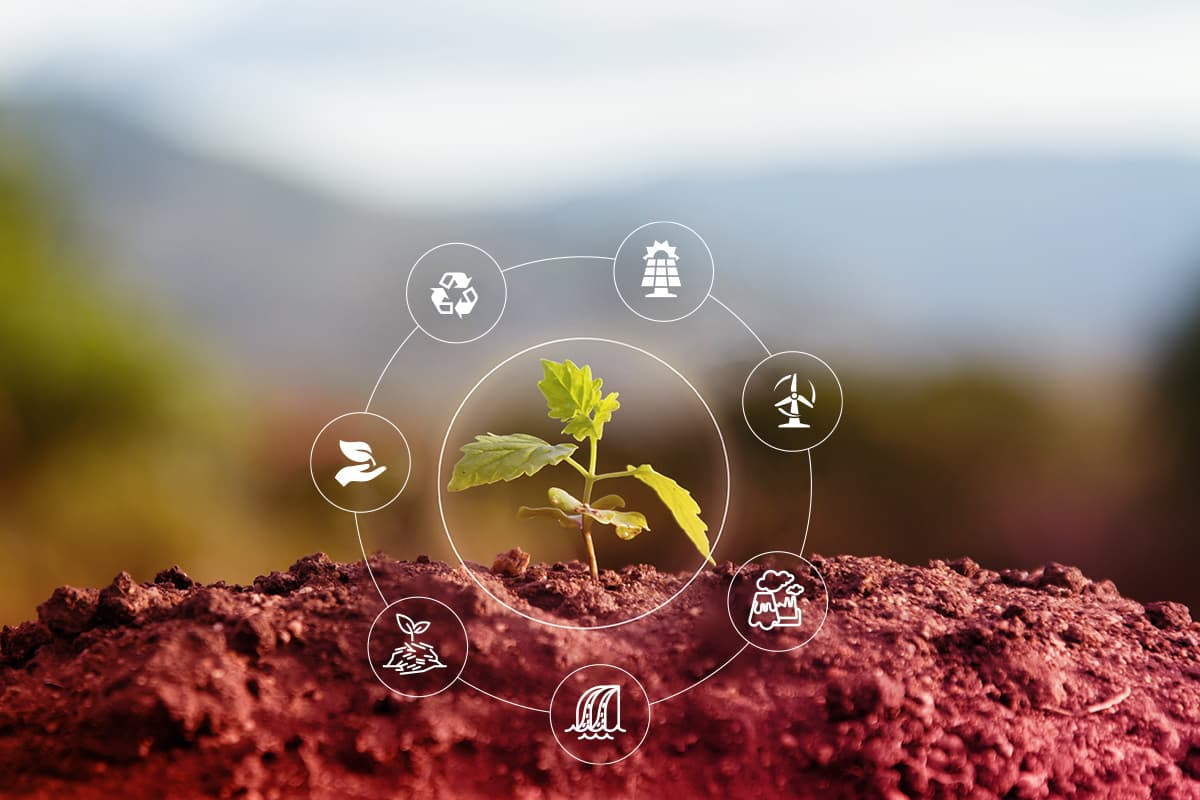
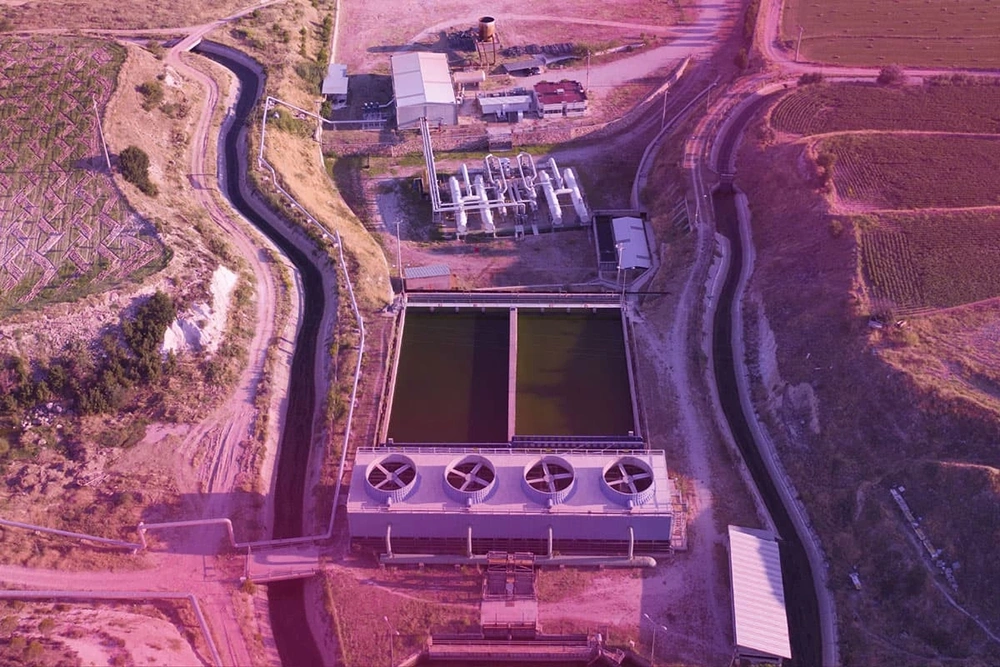
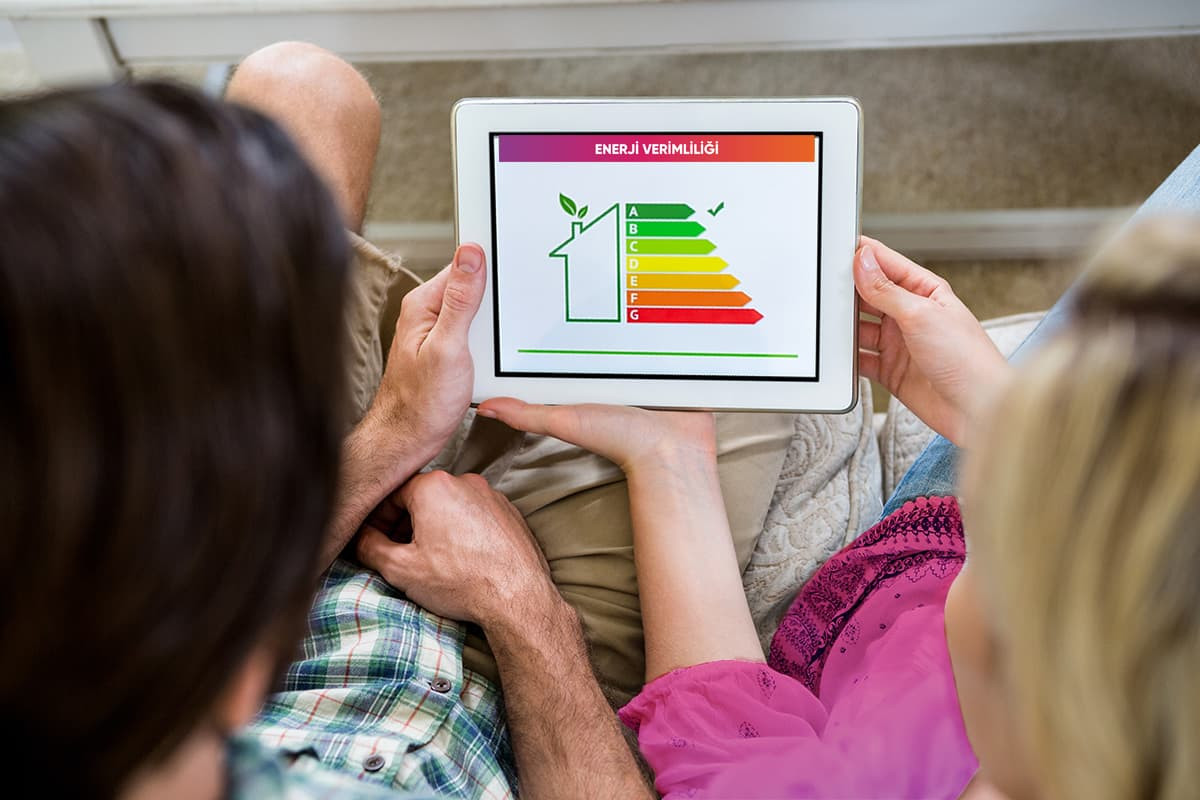
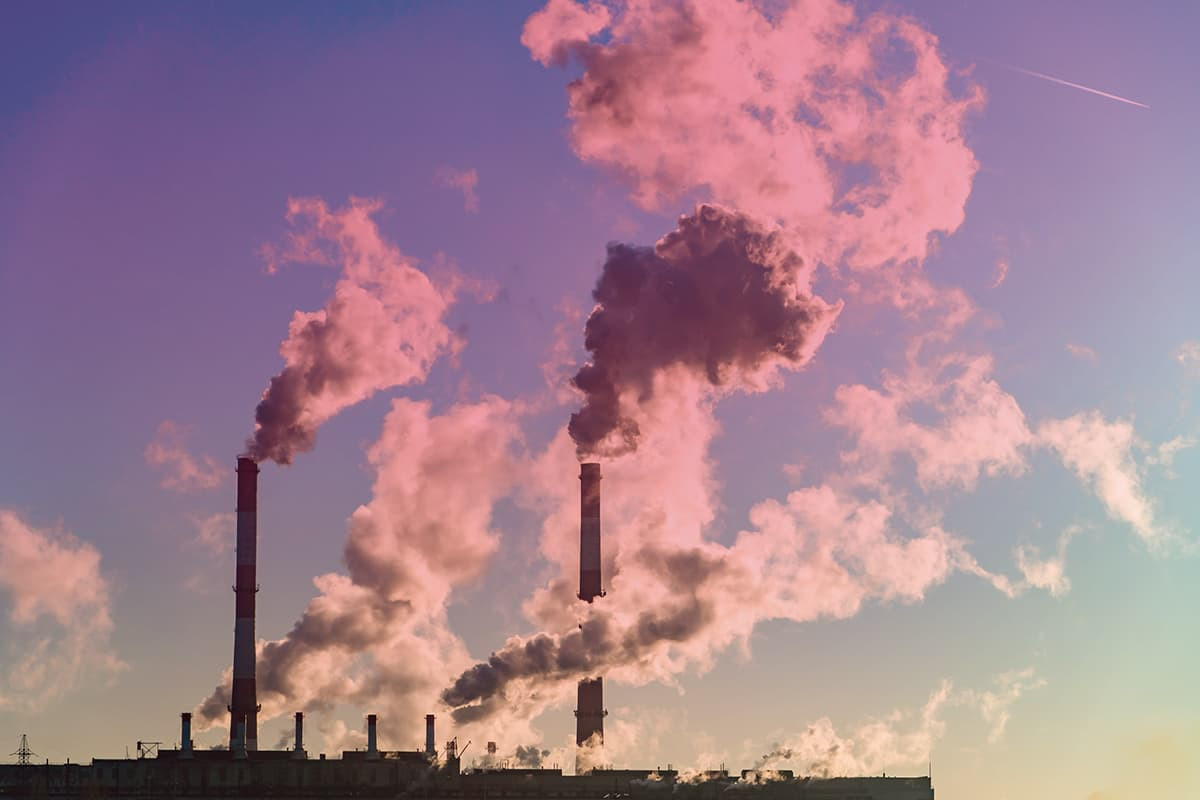
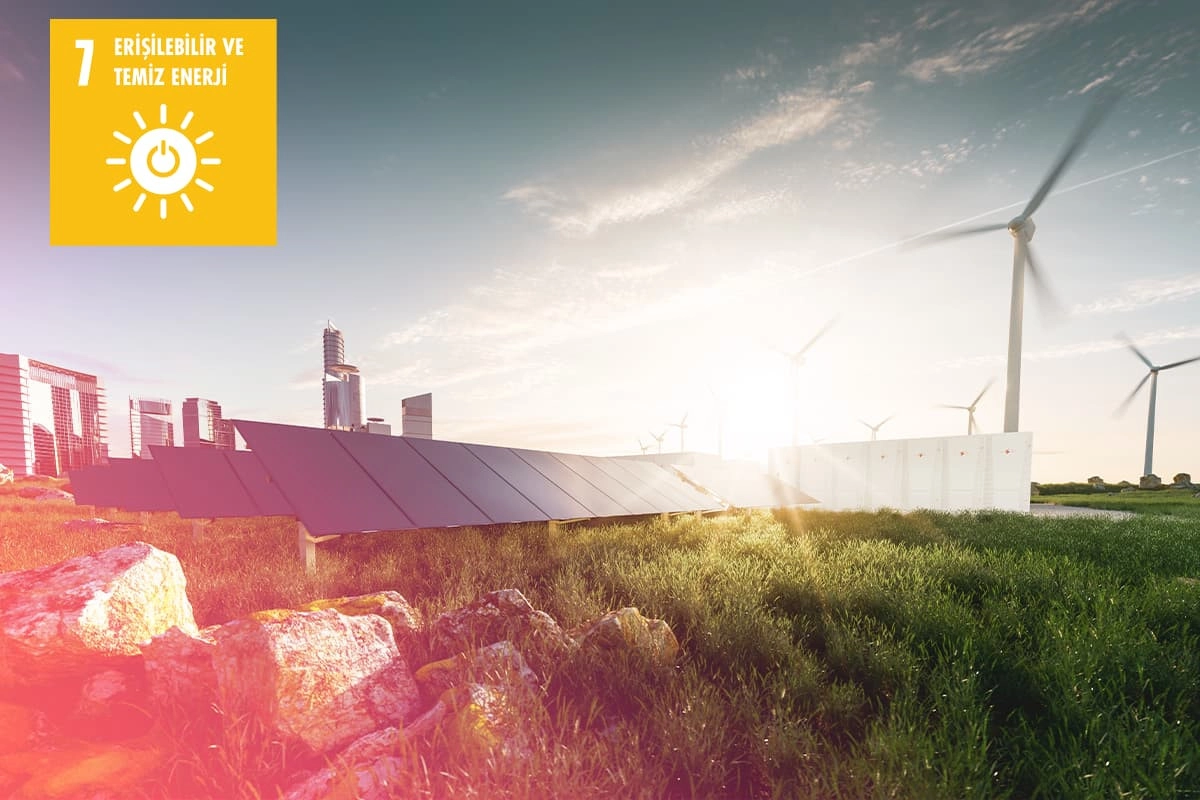

Leave a Comment
Comments (2)
S
SAMİ ÖZTÜRK
Vatandaşı aydınlatıcı bilgi için teşekkürler. Çevre belgesi, Atık yönetimi, yakıt ve enerjinin verimli kullanılması, atıkların kaynağında ayriştirilmasi, geri dönüşüm gibi faaliyetlerle Karbon Ayak izinin azaltılması çok önemli bir konudur. Ben yaşam tarzı olarak biliyor ve uyguluyorum. Bu konuda Peygamberimiz (Sav.) in " Nehir kenarında bile olsanız abdest alırken suyu tasarruflu kullanın" hadisenin kıyamete kadar ışık tutacak evrensel bir mesaj olduğunu düşünüyorum. Saygılarımla selamlıyorum. Sami Öztürk İnsan ve Kalite Derneği Başkanı
E
Emre
güzel ve bilgilendirici bir yazı olmuş elinize sağlık